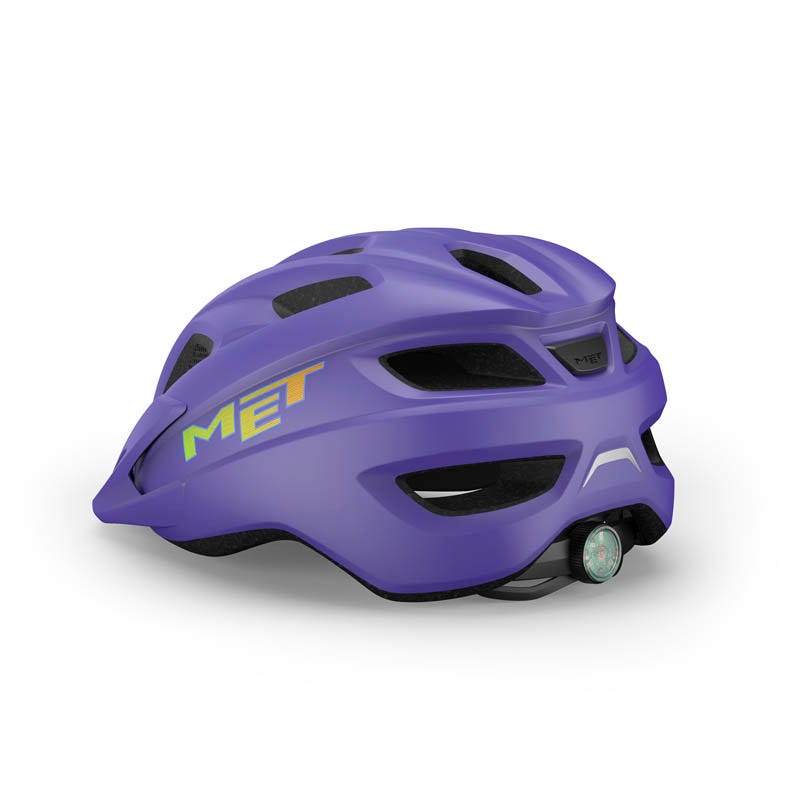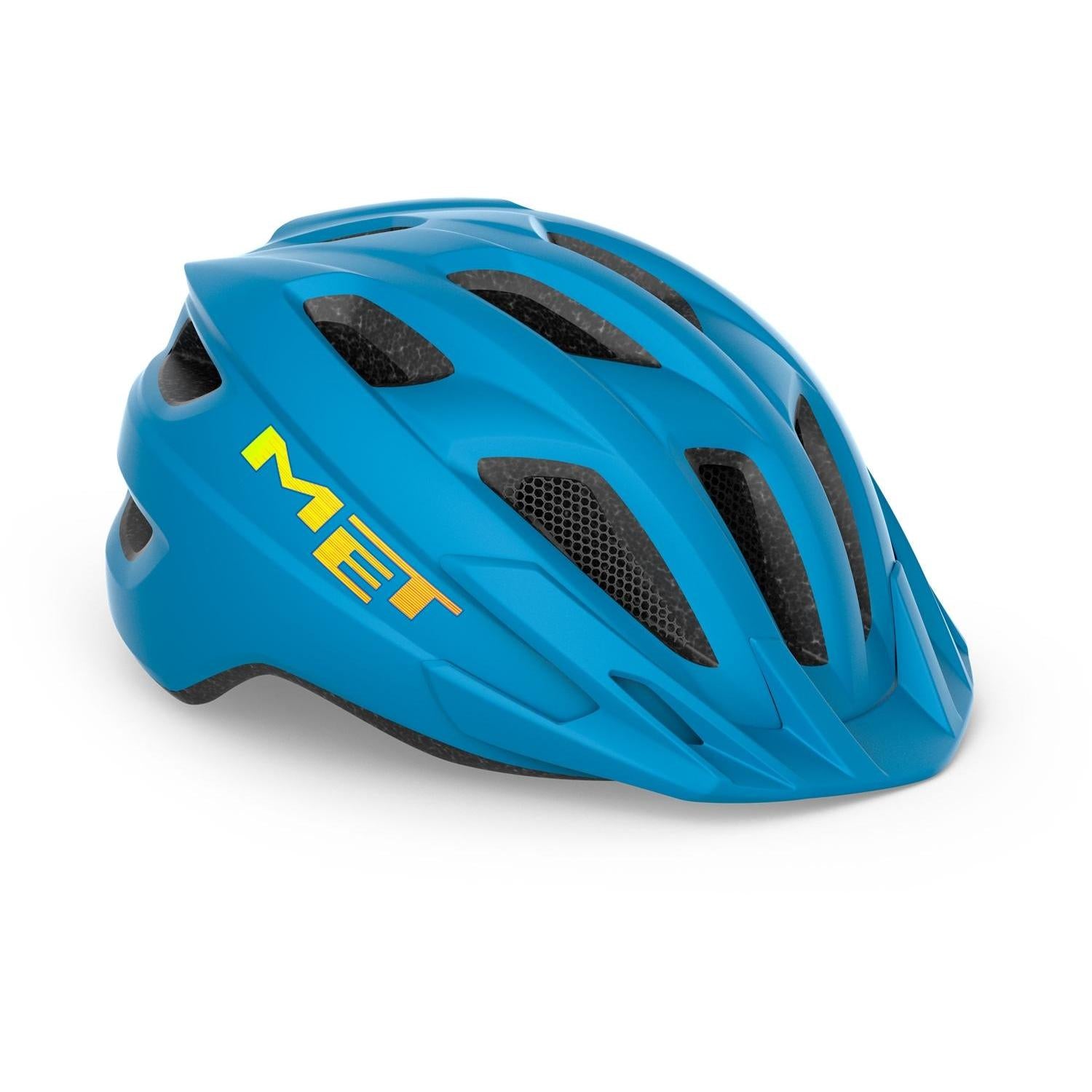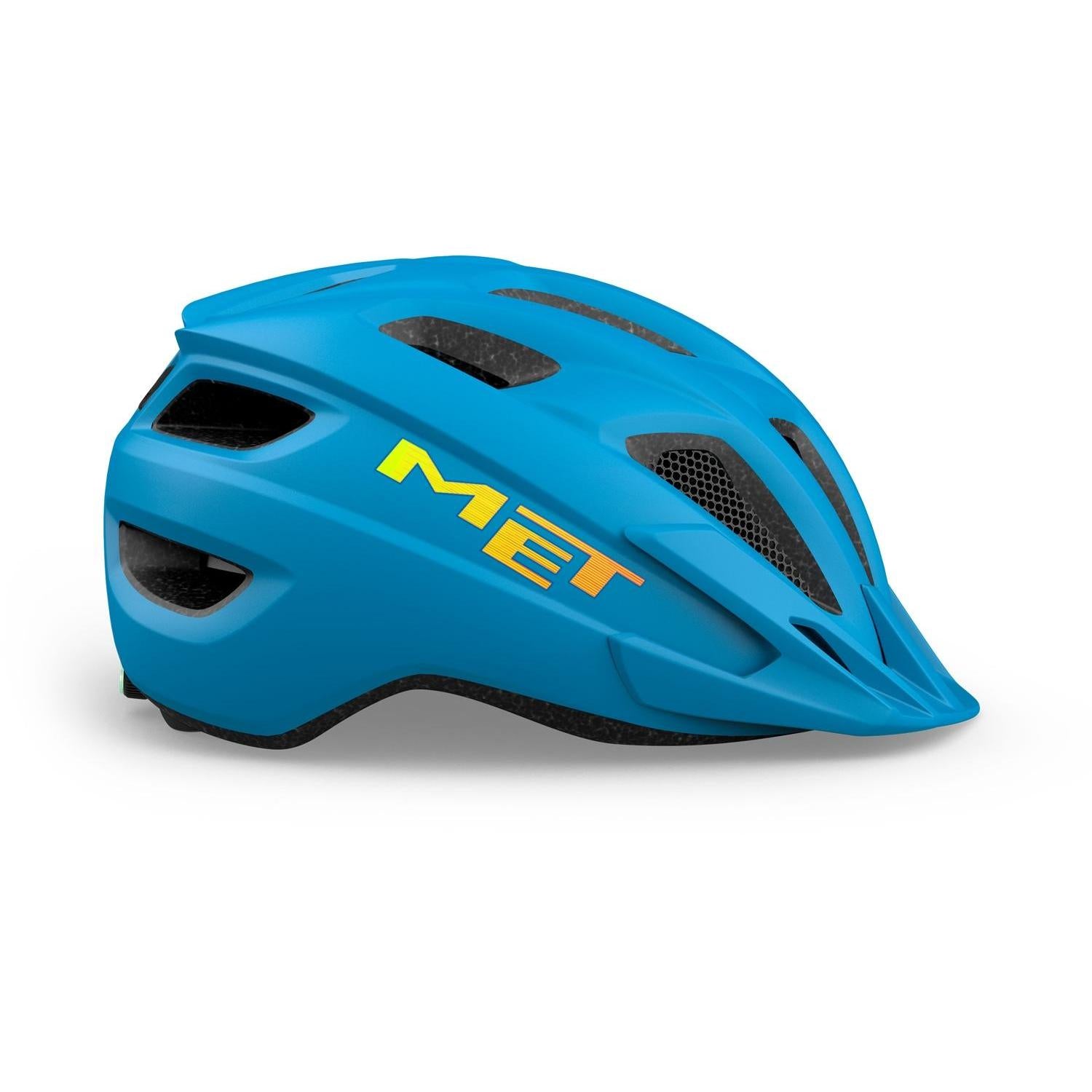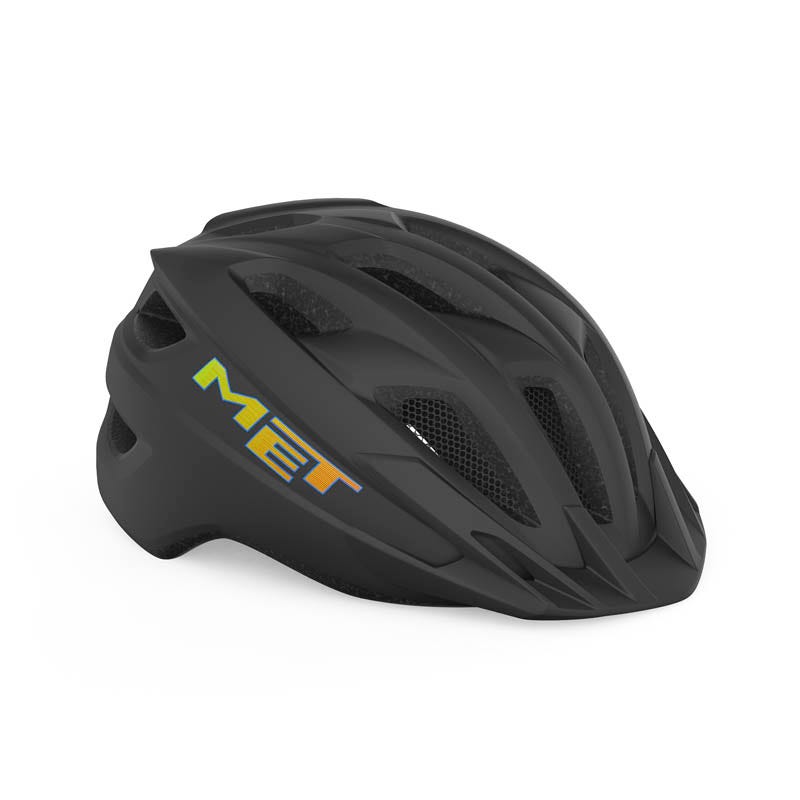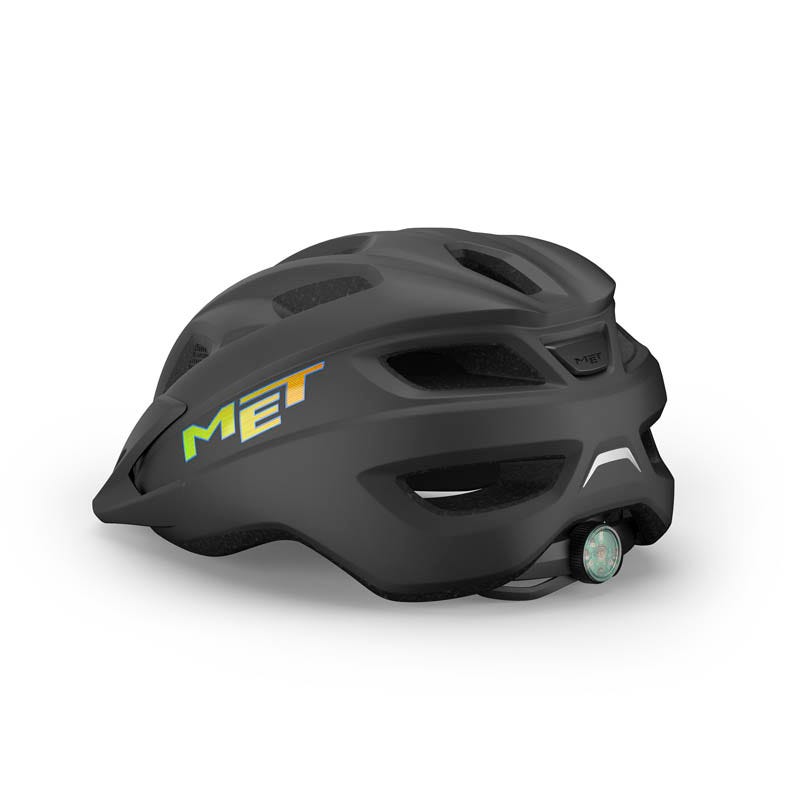A child's laughter as they pedal their bike for the first time is a joyous sound. But with the fun and freedom of cycling comes the responsibility of safety. And when it comes to bike safety, there's one piece of equipment that's non-negotiable: a helmet. This guide will walk you through the importance of helmets for kids, how to pick one they'll love to wear, and how to ensure it fits perfectly for maximum protection.
Why a Helmet is a Must-Have
Riding a bike is a fantastic way for kids to stay active and explore their world. But falls and tumbles are an inevitable part of learning to ride. A properly fitted helmet is the single most effective way to prevent head injuries, reducing the risk of serious brain injury by up to 88%. It's not just for the road; a helmet should be worn every time your child rides, whether it's on the footpath, at the park, or in your own driveway.
By starting the helmet habit early, you're instilling a lifelong safety practice. When kids see their parents and older siblings wearing helmets, it becomes a normal and expected part of getting on a bike.
Finding a "Cool" Helmet They'll Want to Wear




The safest helmet is the one your child will actually wear. If a helmet is uncomfortable or they don't like the design, it's more likely to be left behind. Here's how to find a helmet that's both safe and stylish:
- Let Them Choose: Get your child involved in the selection process. They're far more likely to be enthusiastic about wearing a helmet that they've picked out themselves. Whether it's their favourite colour, a cool pattern, or a design featuring their favourite character, a helmet that reflects their personality is a winner.
- Comfort is Key: Look for a lightweight helmet with good ventilation to keep them cool on hot days. Comfortable straps that don't chafe are also important. Some helmets even come with magnetic buckles that are easier for little hands to use and reduce the risk of pinching.
- Consider the Style: The type of riding your child does can also influence the style of helmet. A skate-style helmet might be more appealing for trips to the skate park, while a more traditional bike helmet is great for everyday riding. A kids mountain bike helmet can also be quite versatile.
Ensuring the Perfect Fit for Maximum Protection
An ill-fitting helmet won't provide the protection your child needs. A helmet should be snug, but not too tight. Here's how to get the perfect fit:
- Measure Their Head: Use a soft tape measure to find the circumference of your child's head. Measure about two finger-widths above their eyebrows, keeping the tape level all the way around. This measurement will help you when looking at helmet size charts.
- Position it Correctly: The helmet should sit low and level on their forehead, not tilted back. You should be able to fit one or two fingers between their eyebrows and the bottom of the helmet.
- Check the Side Straps: The side straps should form a "Y" shape just below their earlobes.
- Adjust the Chin Strap: The chin strap should be snug enough that you can only fit one or two fingers between the strap and their chin. When they open their mouth wide, they should feel the helmet pull down slightly.
- The "Shake" Test: Ask your child to shake their head from side to side and nod up and down. The helmet should not move or wobble.
By following these simple steps, you can ensure that your child's helmet is providing the best possible protection. A well-fitting, "cool" helmet will give you peace of mind and allow your child to enjoy the freedom and fun of cycling safely.










